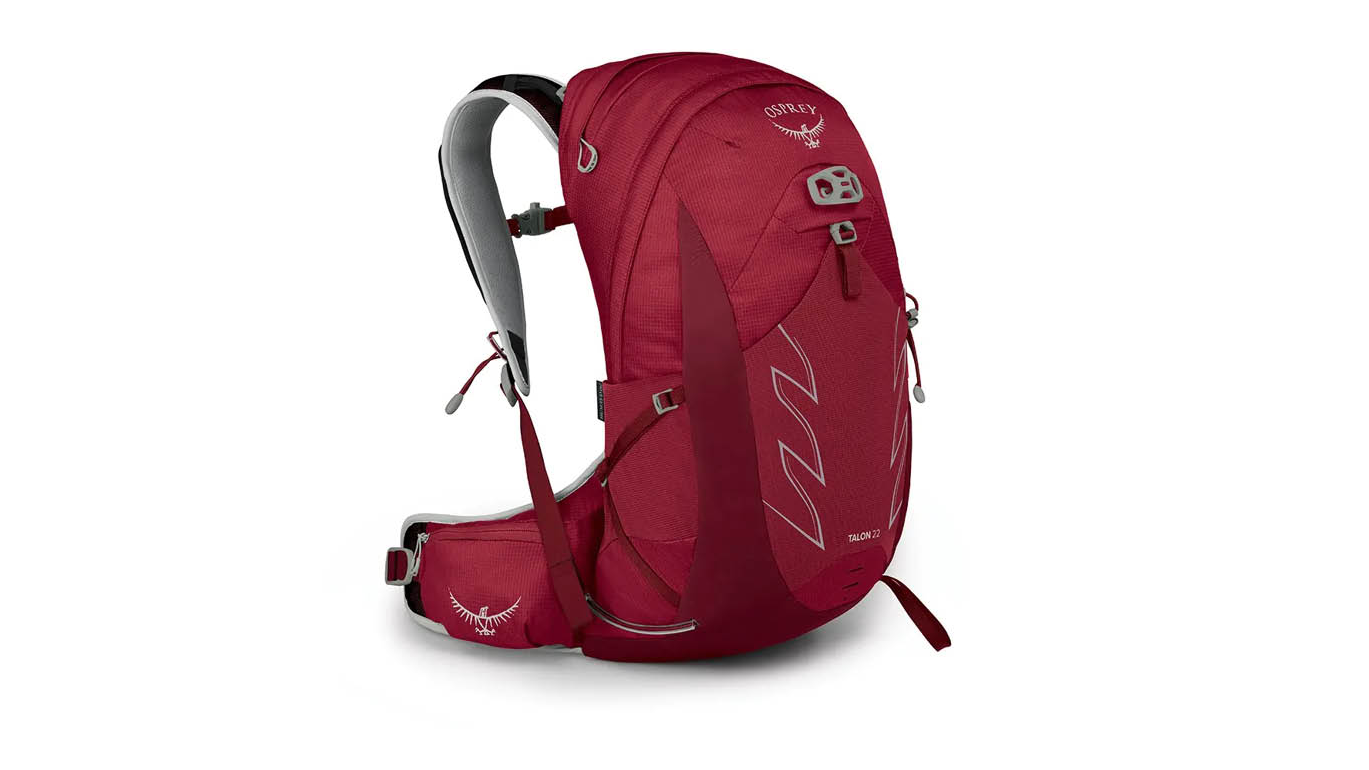
Beginner Disaster and Survival Prep has launched a new emergency preparedness education series on its resource site – helping readers to find the best “every day carry” items, survival products, and equipment for safety outdoors.
The site aims to provide detailed insights and research-backed analysis of the best survival gear and equipment for camping, hiking, and personal safety when exploring or adventuring in the wilderness. It also has several guides on disaster safety for protection during earthquakes or other emergencies.
More information can be found at https://beginnerdisasterandsurvivalprep.com/
Beginner Disaster and Survival Prep argues that readers should be able to depend on themselves when an emergency occurs – and establishing the right protocols ahead of time is the best way to ensure the correct steps are taken when the worst happens. The new guide covers shelter, safety items, food and water, backpacks, survival lighting, and clothing.
It emphasizes the “rule of 3s” as a foundational principle, noting that in extreme conditions, humans can only survive roughly 3 hours without shelter, 3 days without water, and 3 weeks without food. Understanding these limitations provides a framework for how to respond when disaster strikes. The guide offers practical tips such as focusing on what can be controlled in chaotic times, like staying hydrated and nourished, as well as instructions on skills like building a fire for warmth and cooking.
It also stresses the importance of having certain supplies readily available in emergency kits, including a wind-up or battery-powered radio to receive critical alerts, a first aid kit to treat injuries, toiletries and medications, an emergency blanket for warmth, and copies of important documents and contacts like insurance policies and family evacuation plans.
Additional details are available at https://beginnerdisasterandsurvivalprep.com/39-survival-tips/
The guide arms readers with the knowledge to meet the basic needs of their loved ones, which can provide comfort and empowerment. Equipped with techniques for procuring water, food, and shelter, parents can feel capable of keeping their children safe – and by sharing this useful information within neighborhoods and workplaces, colleagues can band together to withstand crises through cooperation.
A spokesperson states: “Preparing for and surviving disasters is probably one of the harder issues you and your family are going to have to deal with in their lifetime. But people don’t think that far ahead when it comes to natural or man made disasters, especially in the inner cities.”
Interested parties can learn more at https://beginnerdisasterandsurvivalprep.com/do-you-have-what-it-takes-to-survive-if-a-disaster-occurs/